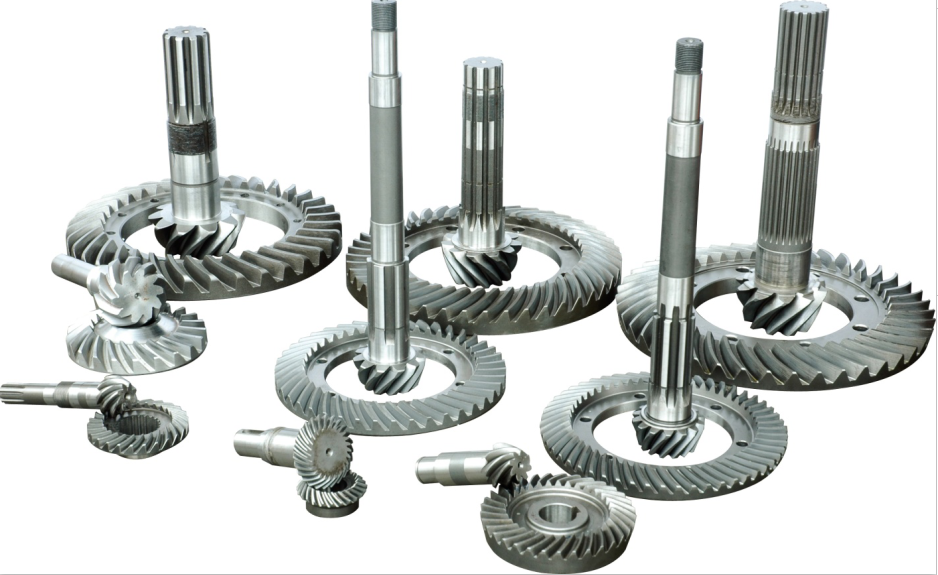Proper lubrication is crucial for ensuring the longevity and performance of worm gear systems. Effective lubrication helps reduce friction, wear, and heat generation, leading to improved efficiency and reliability. Here are some best practices for worm gear lubrication:

- Select the Right Lubricant: Choose a lubricant specifically designed for worm gears. Look for lubricants that have high viscosity and excellent load-carrying capacity. Worm gear lubricants are typically formulated with additives to provide extreme pressure (EP) protection and anti-wear properties.
- Consider the Operating Conditions: Take into account the operating conditions of the worm gear system when selecting a lubricant. Factors such as temperature, speed, load, and environment should be considered. Consult the lubricant manufacturer’s guidelines or seek the advice of a lubrication specialist to ensure the lubricant is suitable for the specific operating conditions.
- Maintain Proper Lubricant Viscosity: The viscosity of the lubricant is crucial for optimal performance. The viscosity should be selected based on the operating temperature and speed of the worm gear system. Too low viscosity may result in insufficient lubrication, while too high viscosity can lead to excessive friction and energy losses. Follow the manufacturer’s recommendations or consult lubrication experts to determine the appropriate viscosity grade.
- Monitor Lubricant Contamination: Regularly inspect the lubricant for contaminants such as dirt, debris, and moisture. Contaminated lubricant can accelerate wear and damage the gears. Use proper filtration systems and consider implementing regular lubricant analysis to detect any signs of contamination or degradation.
- Ensure Proper Lubricant Application: Apply the lubricant evenly and in the recommended quantity to ensure adequate coverage of all gear surfaces. Follow the manufacturer’s guidelines for lubricant application methods, including oil bath, spray, or circulation systems. Pay attention to any specific instructions for applying lubricant to worm gears, as they may require unique approaches due to their sliding contact nature.
- Establish Regular Lubrication Maintenance: Implement a lubrication maintenance schedule to ensure proper lubricant replenishment and inspection. Regularly monitor the lubricant level, condition, and cleanliness. Replace the lubricant as recommended by the manufacturer or based on the inspection results.
- Consider Lubricant Additives: In some cases, incorporating lubricant additives can provide additional benefits, such as improved anti-wear performance or enhanced EP protection. However, consult with lubricant experts or the manufacturer before adding any additives to ensure compatibility and avoid any adverse effects on the gear system.
- Follow Manufacturer’s Recommendations: Always refer to the gear system manufacturer’s guidelines and recommendations for lubrication. They may provide specific lubricant types, viscosity ranges, application methods, and maintenance intervals tailored to their gear design.
Regular maintenance, including lubricant analysis, inspections, and re-lubrication, is essential for optimal worm gear performance. It is crucial to establish a comprehensive lubrication program that includes monitoring, analysis, and timely maintenance to maximize the longevity and efficiency of the worm gear system.
Remember to adhere to proper safety precautions and consult with lubrication specialists or gear system manufacturers for specific recommendations based on the application requirements and gear design.
